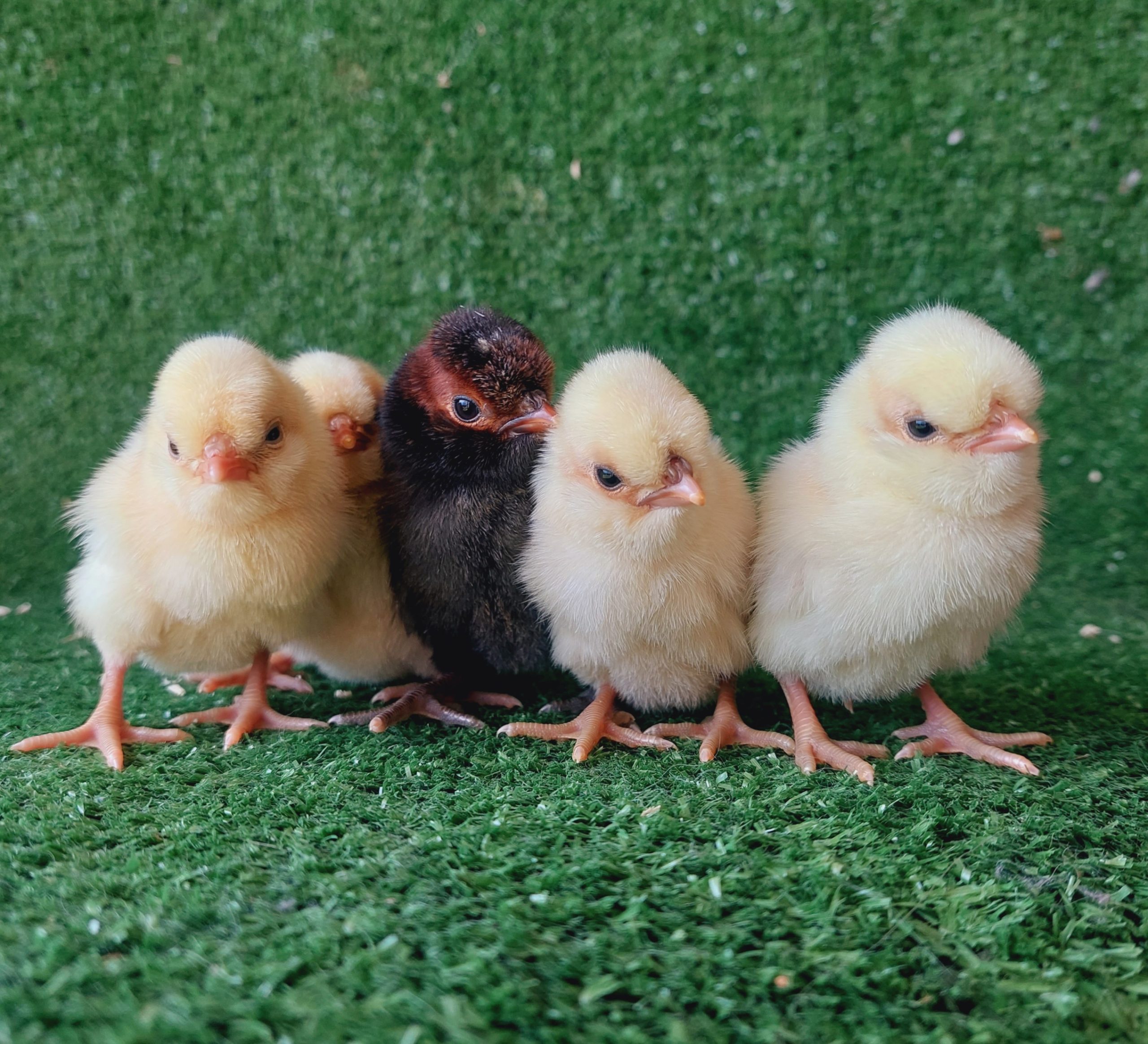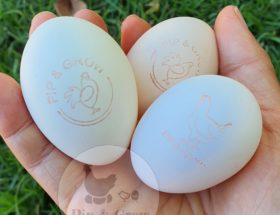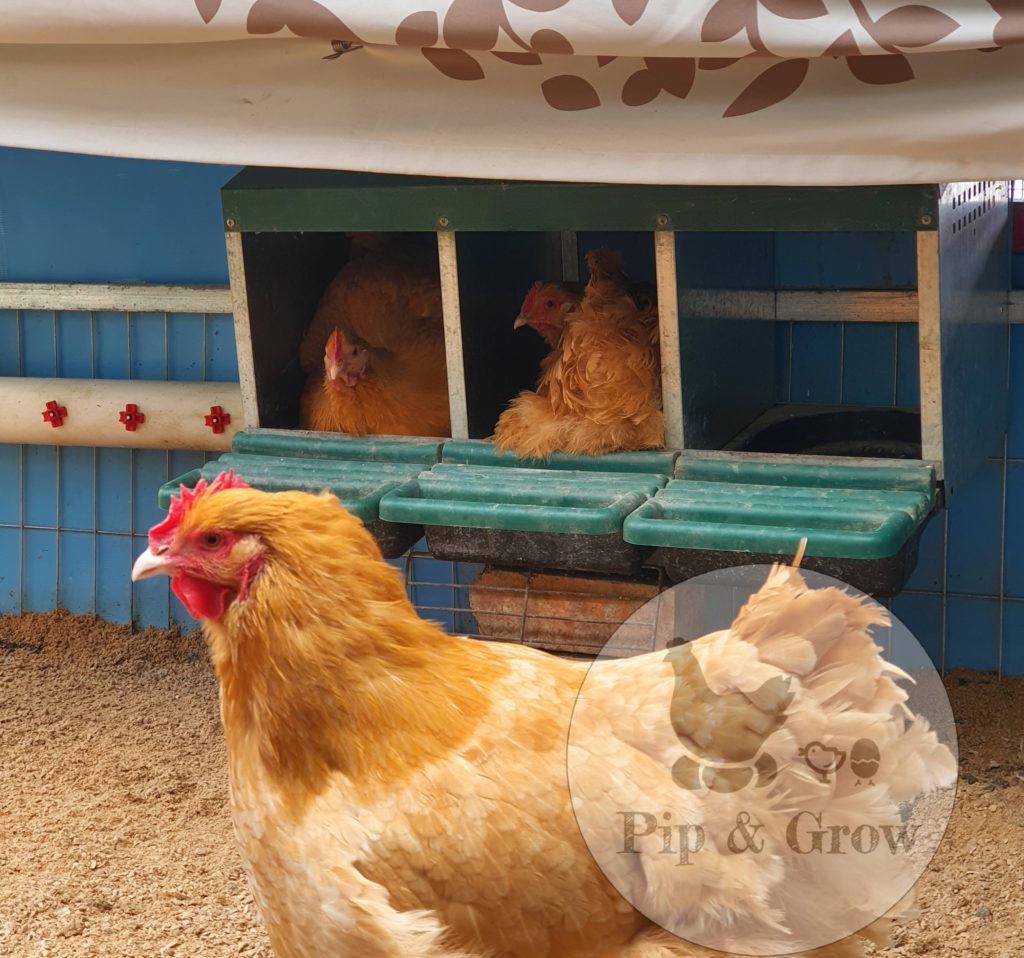
Heritage chickens have laying season.
Heritage chickens have a laying season that corresponds with the natural rhythms of daylight and temperature changes. However, the exact timing and duration of the laying season can vary depending on factors such as the specific breed of chicken, geographic location, and individual bird genetics.
In general, heritage chicken breeds are known for being more closely aligned with natural behaviors, including seasonal egg production. They often exhibit a peak in egg laying during the spring and summer months when daylight hours are longer and temperatures are warmer. During the fall and winter months, as daylight decreases and temperatures drop, egg production may decrease or even cease altogether in some cases.
Located in the Adelaide Hills, our region typically experiences the laying season from around August to February. However, this time frame is subject to significant variability depending on weather conditions such as temperature, daylight duration, rainfall, and frost. We typically begin to see eggs after the winter solstice, signaling the end of the colder months and the start of increased egg production. However, the prime breeding season with optimal fertility, usually spans from August to December. During this period, environmental conditions are favorable, and hens are typically in their peak laying and reproductive state, resulting in higher fertility rates and better-quality eggs for hatching.
Beyond January, the weather becomes more unpredictable, potentially impacting egg quality. While chickens may continue to lay eggs and eggs will be available to purchase, they may not be as optimal due to various factors affecting egg quality.
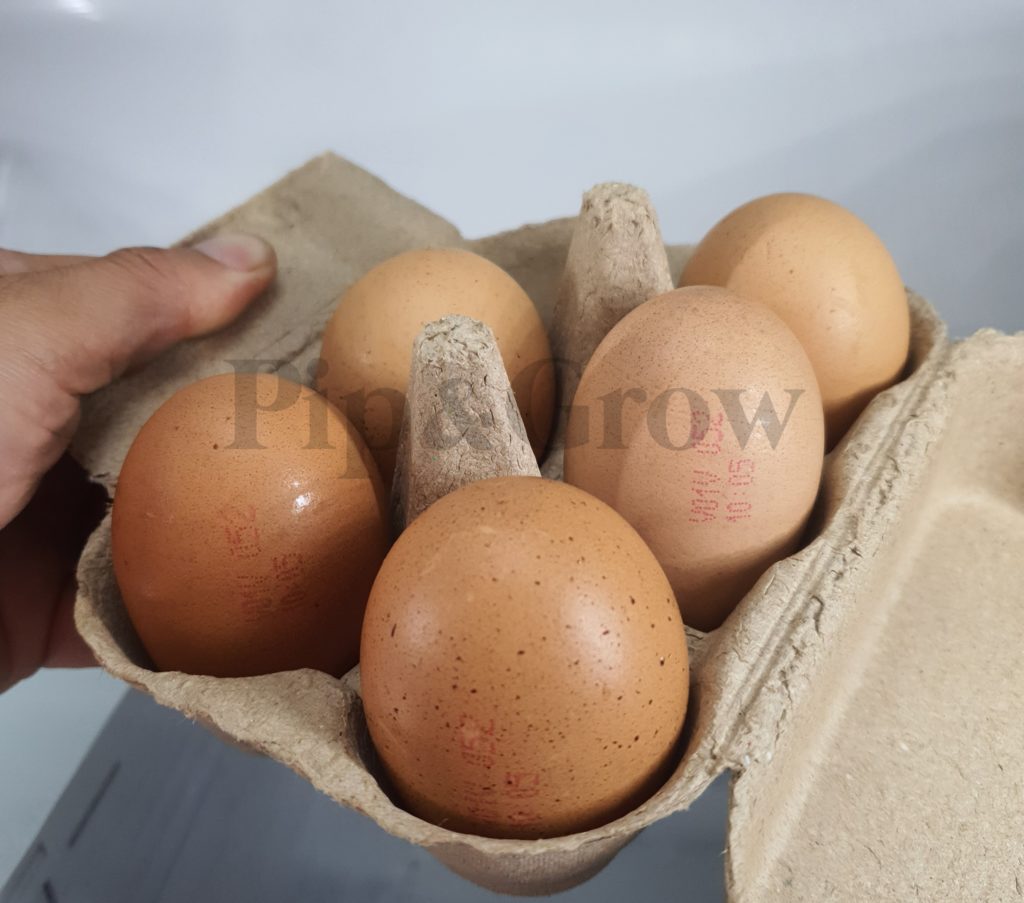
How can we buy eggs all year around..?
Commercial breeds have been selectively bred for year-round egg production, which is why eggs are readily available in stores throughout the year. Unlike heritage chickens, which often have distinct laying seasons.
However, within heritage breeds, there can be individual variations in laying patterns. For example, our Polish typically begin laying later than other breeds but continue laying eggs until the end of March. Similarly, Silkies may have their own unique laying patterns, being unreliable layers during the breeding season but more consistent over the winter months.
Additionally, management practices can influence egg-laying patterns. Young hens that start laying before autumn, for instance, often continue laying throughout the winter. Although pullet eggs are suitable for consumption, they are not recommended for hatching purposes for various reasons.
Climate and geographic location also play significant roles in egg production. Birds in warmer winter areas tend to lay eggs for longer periods.
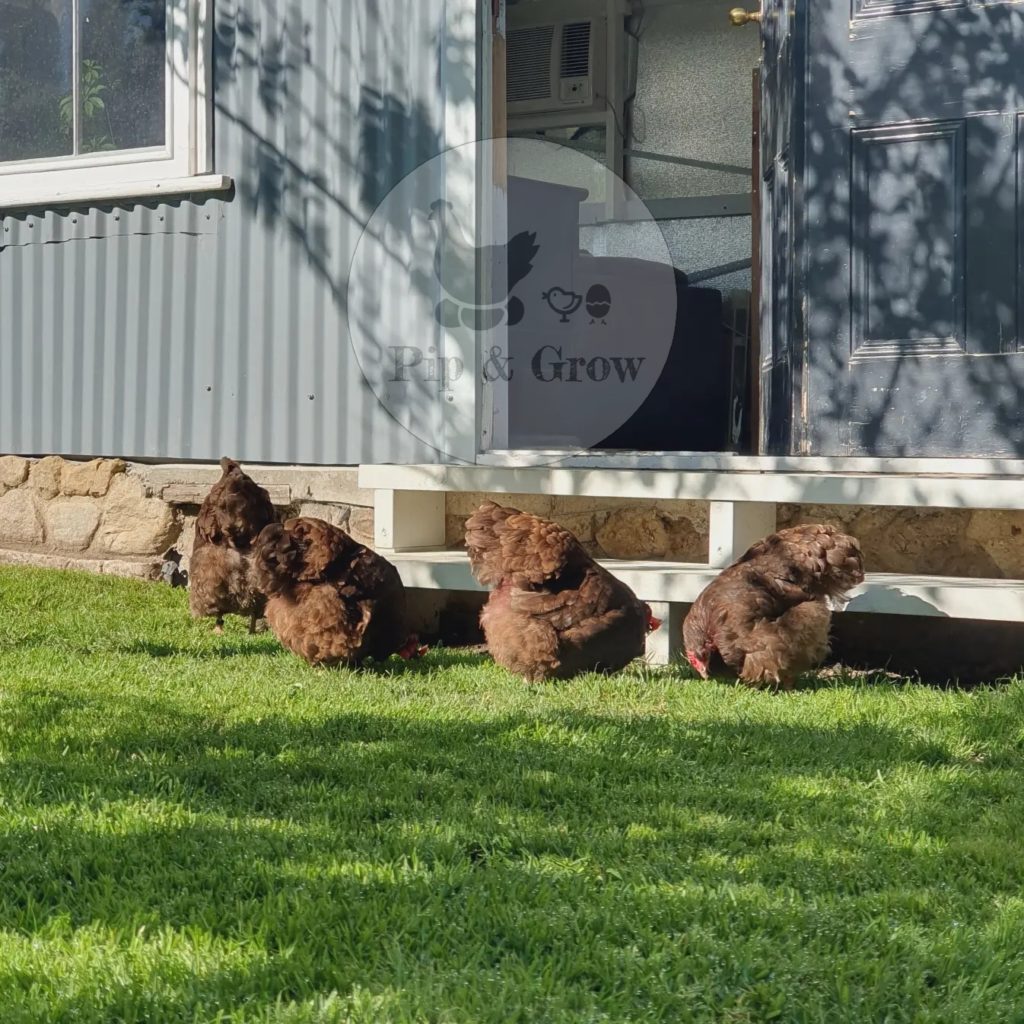
Why do they stop laying ?
As the seasons change and daylight hours shorten, it’s a natural process that affects chicken egg production. Chickens typically require a minimum of 14 hours of daylight to stimulate the pituitary gland, prompting the ovaries to release eggs. However, for hens to lay eggs at their optimal rates, they typically need around 16 hours of daylight. Therefore, during periods of shorter daylight, egg production decreases due to the reduced stimulation of the pituitary gland.
Equally important is ensuring chickens receive a minimum of 8 hours of uninterrupted darkness to facilitate good quality rest. Without sufficient darkness, their immune function and overall health may suffer.
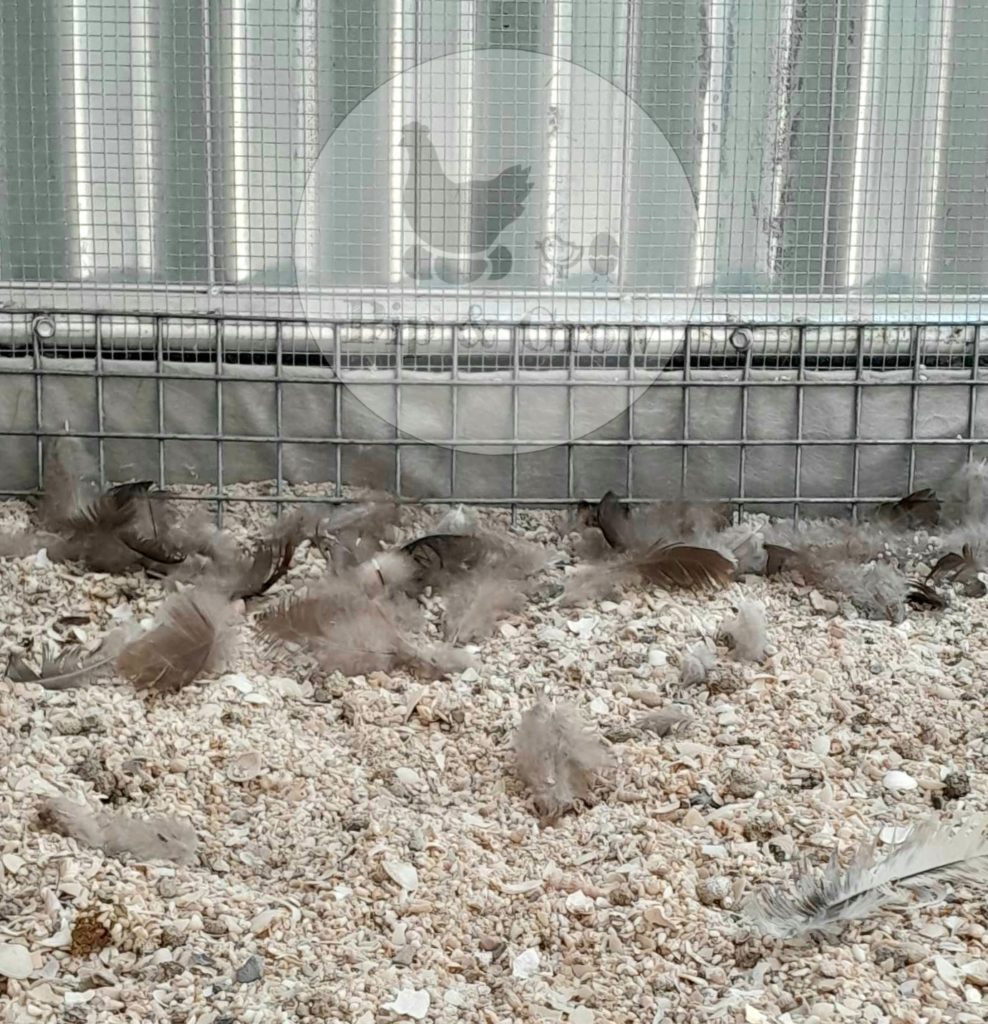
During this period,
Starting as early as late summer and continuing into autumn, many heritage hens undergo a natural process called “moulting.” During this time, they shed their old feathers and grow fresh new ones in preparation for the winter months, allowing them to maintain warmth and insulation. To support this vital process and give the hens a well-deserved break from breeding, To support this process and give the hens a well-deserved break from breeding, we often separate the roosters from the pens. This separation ensures that the hens can focus on moulting and rejuvenating fully, readying themselves for the upcoming breeding season. By allowing the hens this time to rest and molt without the added stress of breeding, they can better prepare themselves for optimal health and productivity in the seasons to come.
Read more about Chicken Moulting here

